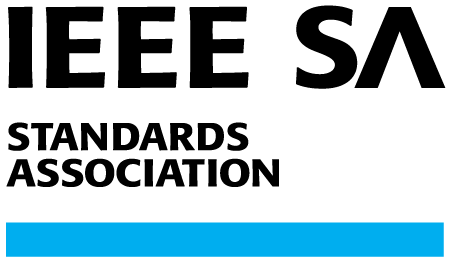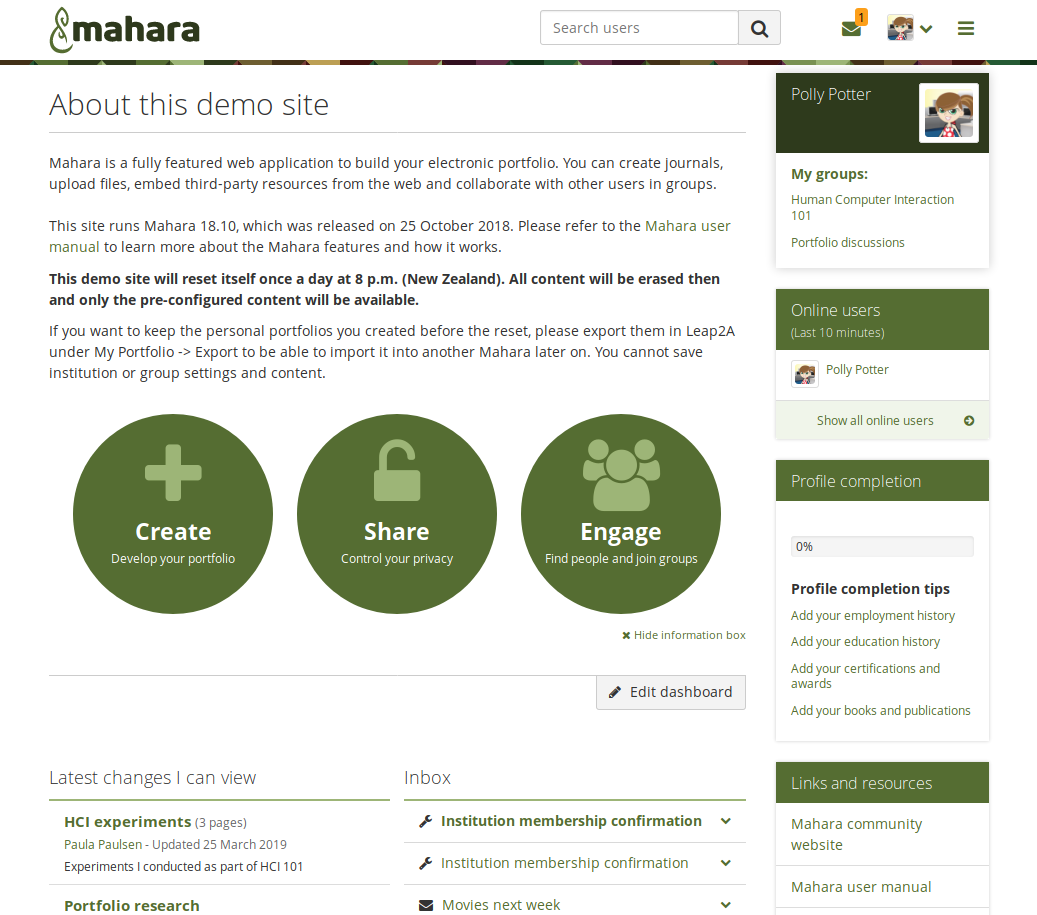These are the notes for the third of four webinars on "Engaging students in the online environment", Wednesday, 3 February at 11 am AEDT Sydney time (Tuesday, 2nd, 5 pm MST in Edmonton). Please register now for the webinar and send your suggestions.
Hackerthons for Learning
Hackathons came from the computer industry, where teams competed over a few days to collaborate intensively on a project. These have now expanded into other fields. Can we use this format to keep students engaged, solving real world problems? I will talk about his experience with hackerthons involving students and military personnel. Be ready to contribute your ideas.
Next up: I-ACE Hackathon
The India Australia Circular Economy Hackathon (I-ACE), runs online from 9 to 10 February. It is hosted by the Australian Government's Commonwealth Scientific and Industrial Research Organisation (CSIRO) and the Government of India’s Atal Innovation Mission (AIM). Teams of students and startups compete for $52,000 in prizes. I have volunteered to mentors teams, due to my interest in computers to improve supply chains and reducing e-waste.
Navy Warfare Innovation Workshop 2020
 |
| Event canvas from NWIW 2020 by Paul Telling |
The real value of such competitions is not to produce a product (or win a prize), but to have the participants learn new skills and meet people they can later work with on projects.
Tools for Hackerthons
 |
| Remo Conference |
Hackerthons traditionally took over a building at a university or school, with lecture halls used for presentations and class rooms for teams to work in. In 2020 this all moved online due to COVID-19. Zoom was the popular video conferencing choice for presentations and Slack for teams to work together. The Virtual Hackathon on Fighting Pandemics by the Australian National University Humanitarian Innovation Society (ANU HISoc), with the Clinton Global Initiative University and IBM, made the unusual choice of using Remo Conference, a video conferencing tools which looks like a conference room floor plan. While the tool looks promising, more work is needed.
Logistics of Hackerthons
The Australian Computer Society ran two Hackerthons, in 2020, using Slack, Zoom, and the usual collaboration tools. What makes these effective is that they recruit a team of volunteers to be actively involved with participants. These events had many hundreds of participants and the second around 80 mentors. These are large scale undertakings requiring careful planning. The Shockproof hackerthon on Secure Supply Chains for the Australian and NZ Defence Forces was unusual as it was aimed at defence force personnel, but open to anyone.
Hackerthons for Education
 | ||||
| ANU TechLauncher, | Team Formation Exercise, 2018 |











